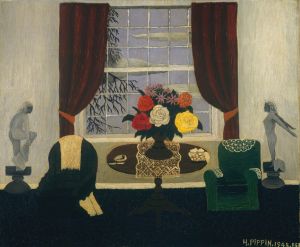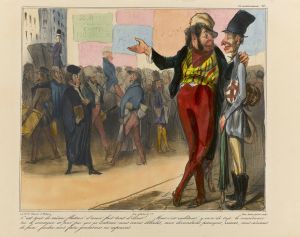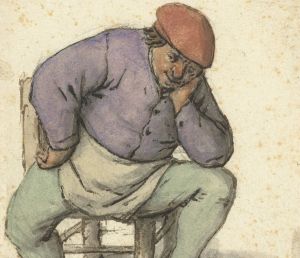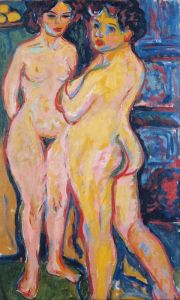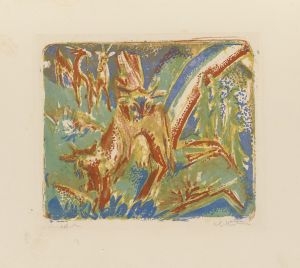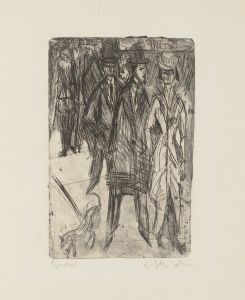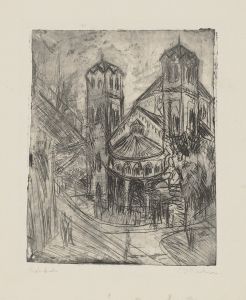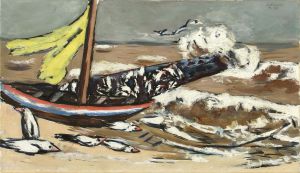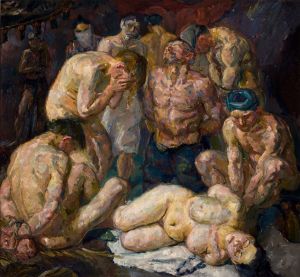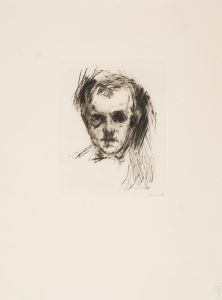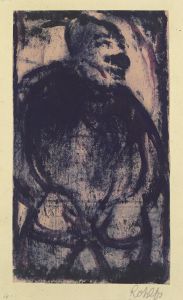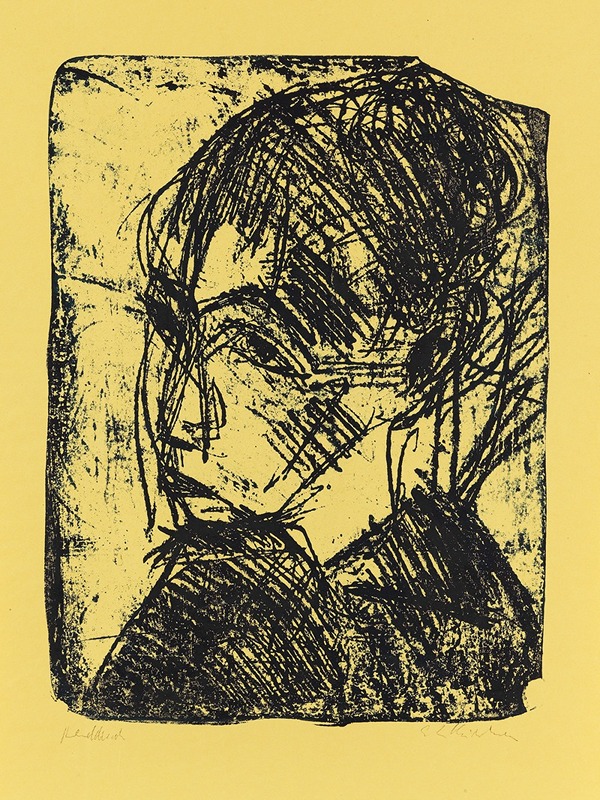
Porträt Frau Bluth
A hand-painted replica of Ernst Ludwig Kirchner’s masterpiece Porträt Frau Bluth, meticulously crafted by professional artists to capture the true essence of the original. Each piece is created with museum-quality canvas and rare mineral pigments, carefully painted by experienced artists with delicate brushstrokes and rich, layered colors to perfectly recreate the texture of the original artwork. Unlike machine-printed reproductions, this hand-painted version brings the painting to life, infused with the artist’s emotions and skill in every stroke. Whether for personal collection or home decoration, it instantly elevates the artistic atmosphere of any space.
Ernst Ludwig Kirchner was a prominent German expressionist painter and a founding member of the artist group Die Brücke, which played a pivotal role in the development of modern art in the early 20th century. Kirchner's work is characterized by its bold use of color, dynamic compositions, and a focus on the human figure, often exploring themes of modernity and alienation.
"Porträt Frau Bluth" is one of Kirchner's many portraits that exemplify his distinctive style. Painted during a period when Kirchner was deeply engaged with the expressionist movement, this work reflects his interest in capturing the psychological depth and emotional intensity of his subjects. Kirchner's portraits often go beyond mere physical likeness, aiming to convey the inner life and character of the individuals he depicted.
The painting "Porträt Frau Bluth" showcases Kirchner's typical use of vibrant, non-naturalistic colors and expressive brushwork. These elements are hallmarks of expressionism, a movement that sought to convey emotional experience rather than physical reality. Kirchner's approach often involved distorting forms and using exaggerated colors to evoke mood and meaning, a technique that is evident in this portrait.
Kirchner's work, including "Porträt Frau Bluth," was influenced by various sources, including African and Oceanic art, which he admired for its perceived authenticity and emotional directness. This influence is visible in the simplified forms and bold lines that characterize much of his work. Additionally, Kirchner was inspired by the urban environment of Berlin, where he lived for a significant part of his career. The city's vibrant and sometimes chaotic atmosphere is reflected in the dynamic energy of his paintings.
Throughout his career, Kirchner faced numerous challenges, including the impact of World War I and the subsequent political and social upheavals in Germany. His work was also affected by personal struggles, including mental health issues and addiction. Despite these difficulties, Kirchner remained a prolific artist, producing a significant body of work that continues to be celebrated for its innovation and emotional power.
"Porträt Frau Bluth" is a testament to Kirchner's skill as a portraitist and his ability to capture the essence of his subjects through his unique expressionist lens. The painting is part of a larger body of work that has been exhibited in major museums and galleries worldwide, contributing to Kirchner's reputation as one of the leading figures of German expressionism.
Kirchner's legacy is marked by his influence on subsequent generations of artists and his role in shaping the course of modern art. His work, including "Porträt Frau Bluth," remains a subject of study and admiration, offering insight into the complexities of human emotion and the transformative power of art.





